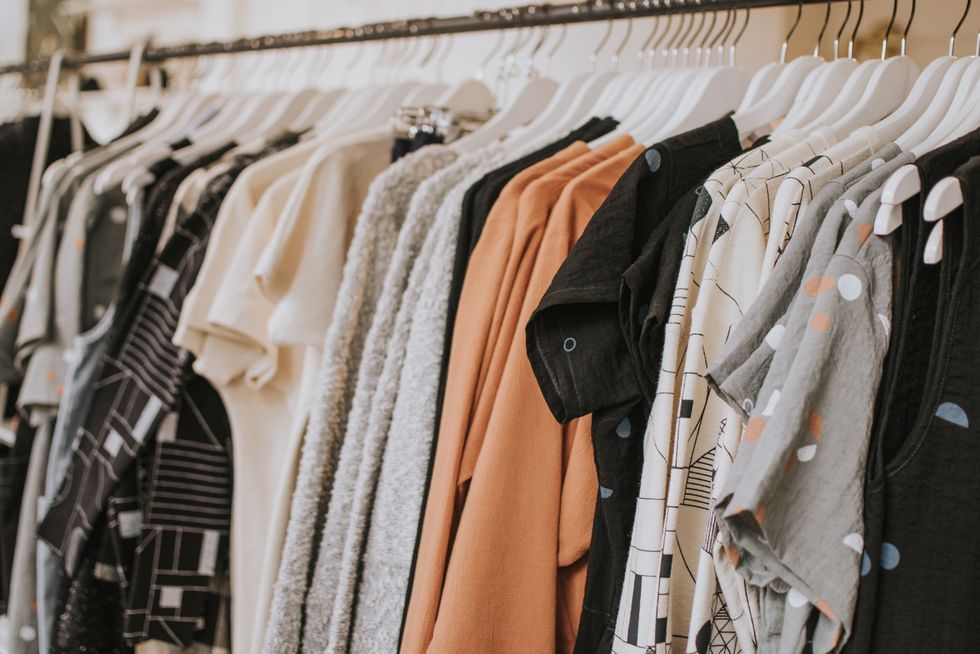I recently went on a closet cleanse, donating two giant cardboard boxes full of clothes and shoes- items I swiped off many a sale rack in the past couple years or so. It felt amazing.
H&M, Forever 21 and Zara are just some of the few popular stores young women shop at, with seasonal collections rolling in every couple of months. We love to buy as Americans…and we love to buy new clothes, but fast fashion tends to be cheaply made and production often uses exploited labor and extensively harms the environment.
Fast fashion refers to the business model of using cheap (usually international) labor to produce clothing quickly and throw it in the window to catch peoples' eyes. Although it may seem like a "great deal", especially for younger women looking for affordable and stylish options, it's actually very wasteful.
The Facts

According to McKinsey Foundation, clothing production doubled from 2000 to 2014, and the number of garments purchased each year by the average consumer have increased by 60%. Clothes are made using lots of water and chemicals not to mention the release of greenhouse gases from factories. Workers are frequently underpaid and placed in unsafe conditions.
The fast fashion model also largely negatively affects women, trapping so many into being garment workers making significantly less than a brand worker in the U.S.. Clothes are only inexpensive for you because they are inexpensively made with girls as young as 13 working in factories overseas.
What's more is that people are becoming much more aware of the agenda behind the industry. Brands like Eco Warrior Princess and Re/Make aim to inform the public about where their products come from and offer a guide to sustainable companies and the background behind them.
It's On Us

Allison Griffin
There was once a time in the United States when people owned far less clothing, but the clothing was classic, well-made and longer lasting. We once valued our possessions much more than we do now. Textile Beat says that North Americans are the largest consumers of new textiles, consuming 82 pounds every year. Just as our record trash production, we are also leading in cheap clothing consumption. There's still hope! Things are slowly changing: Eco-friendly, fair trade clothing brands are becoming much more popular amongst young people and the minimalist lifestyle is on the rise.
We have been conditioned to believe that we need always need "more" when it comes to clothing, shoes and accessories. What ever happened to honoring well-made, fair trade items and living simply?
I urge you to give away the clothes you can live without, the ones you don't absolutely love...you might be surprised by how much it not only clears your closet, but also your mind.

















